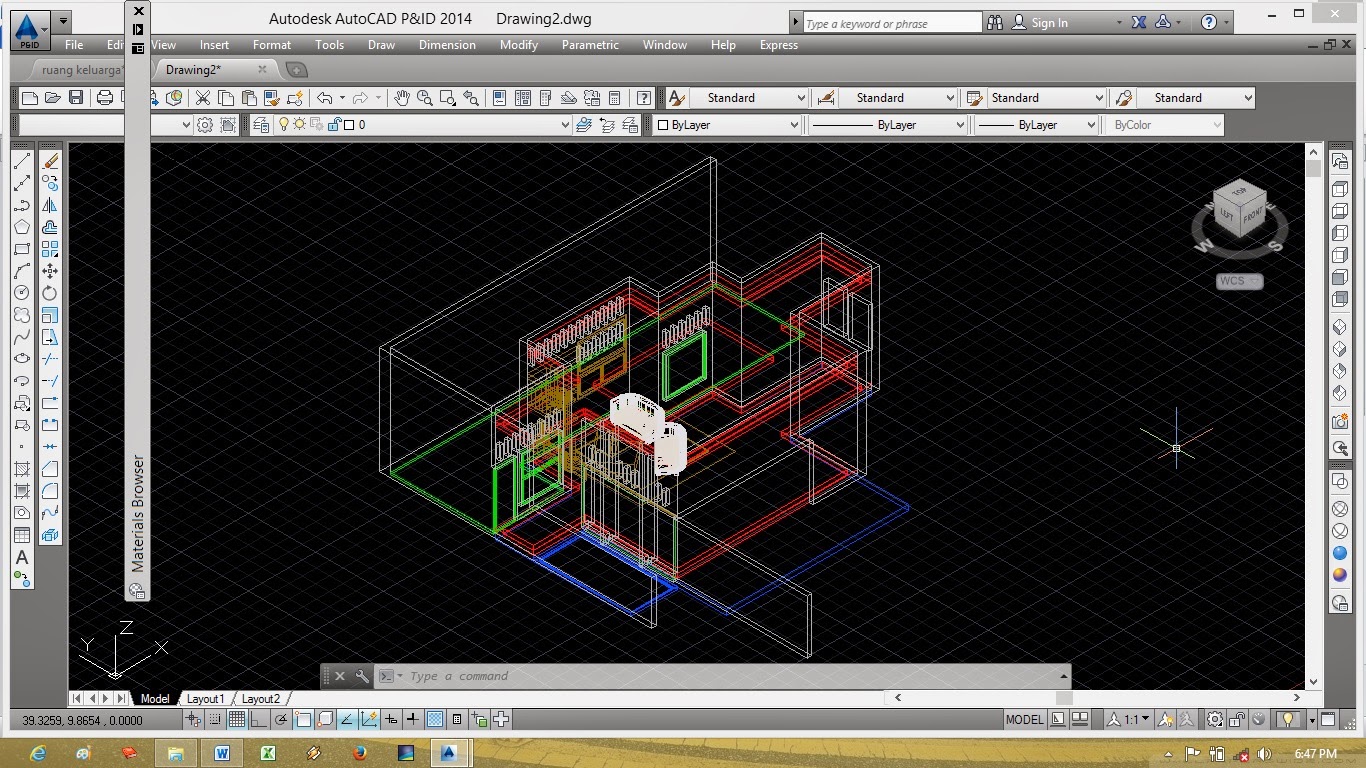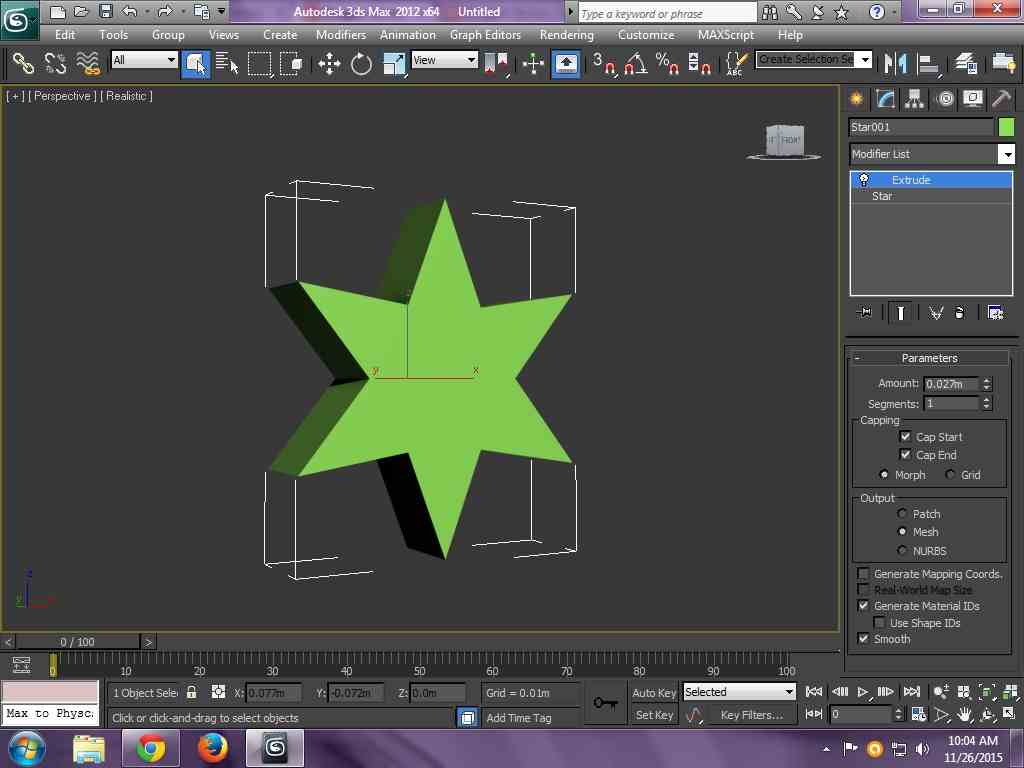


I’ve integrated this render method, as described in the post about Using VRayLightMtl + VRayDirt for Quick AO Render Checkup, into my work-flow after reading a tutorial by Gus Capote form Preconstruct in the 101 issue of 3D World Magazine. I find this method is keeping me out of many troubles. All future imports to the work file will start by importing the 3ds file into a clean new 3dsmax file first and then merged into the work file. I don’t change the material names yet, since i know I’ll probably re-export some parts and would like them to keep the same material by using the use scene material option when merging them in. I also take the time to pick materials and assign related geometry to layers such as window glass, pool water, house walls, etc. After that I usually run the VRay Scene Converter from the quad menu just to start with all materials set to V-Ray. I’ve created a new 3dsmax file and imported the 3DS file exported from SketchUP into it using the default settings. I also do not use the Export texture maps option, I handle this part in 3D Studio Max, though the assignment and positioning of textures in SketchUP does transfer even without checking this option (after you apply the texture in max you will see the mapping is the same as it was in SketchUP if you use the same proportion image). Since I tend to model all things as they are in real life I wouldn’t get 2-sided material faces and wouldn’t have any edges to export too (sometimes it is real easy and fast to represent rails with just edges, but before export I add thickness to them). On the first export I also check Generate cameras from pages and I don’t mess with the material options really. For this I would sometimes use the Single object option, just to make things simpler if the new addition only uses one material for example.

You can still pick each element in the model regardless, the by material export method doesn’t fuse / weld all the same material geometry together.įor subsequent model updates I would check the Export only current selection after I make sure only the parts I need to re-export are selected. This way I don’t get Multi/Sub-Object materials in 3dsmax and have better control in choosing and editing materials. Normally when first exporting the model I would use the by material option. In the 3DS Export Options Geometry tab you can choose the method of transport : My preferred method of exporting the SketchUP model to 3D Studio Max is using the 3DS file format. We finished part 1 of this making-of with the view of the complete model ready for export as you can see in the image below. Hopefully, the information I’m sharing here will be useful for all of you 3d visualization artists, architects, designers and anyone else with an interest in 3d architectural visualization. More than a ‘HOW-TO’ but not really qualifying as a fully-fledged tutorial, a ‘MAKING-OF’ post is a collection of spotlights illuminating several different aspects involving in the creation of the subject scene. Next time I’ll keep post parts a week apart at most. Autodesk released the SketchUP Importer for 3D Studio Max 2010 which allows for a new and probably better importing of the SketchUP model then the 3DS format use described in this article. This time I’ll cover topics starting from the export of the SketchUP 3d model and up to the final render & post-production. I finally found the time to finish part 2 of Making of ‘MS House’ at dusk, Part 1. 1 saiki tak posting yang bagian ke 2 nya, monggo langsung tancap…

Setelah beberapa waktu yang lalu tak posting artikel Tutorial Pembuatan Rumah Dengan Sketch Up dan 3Ds Max Vray Bag.


 0 kommentar(er)
0 kommentar(er)
